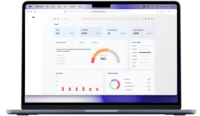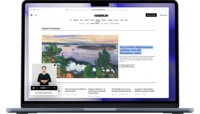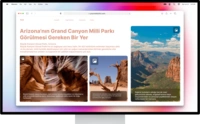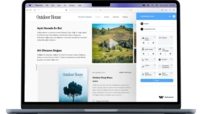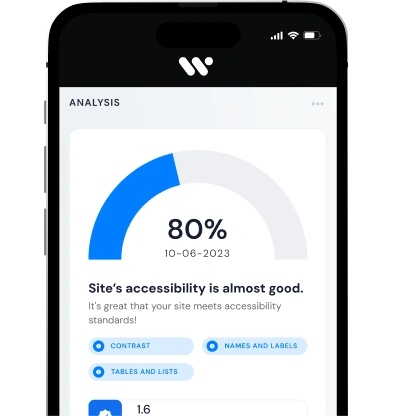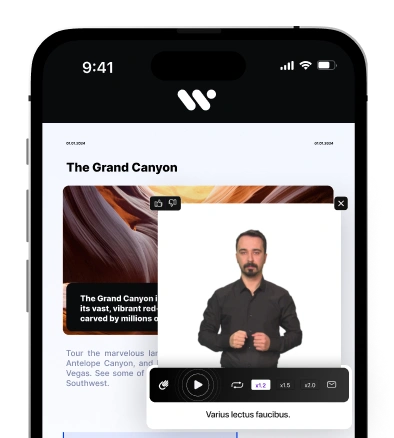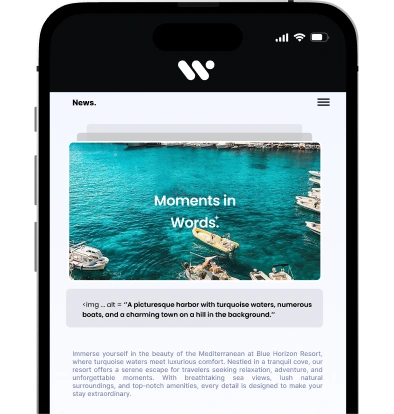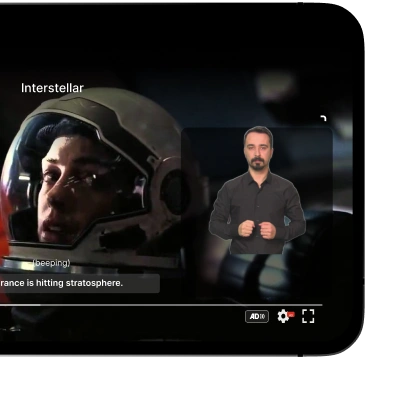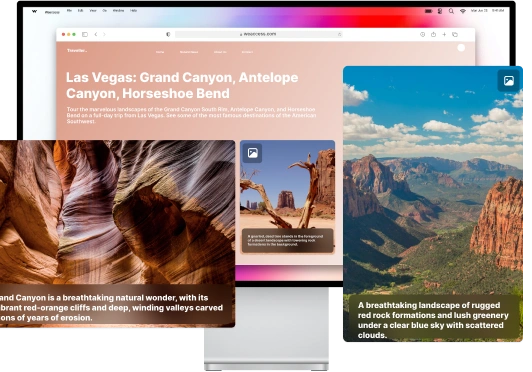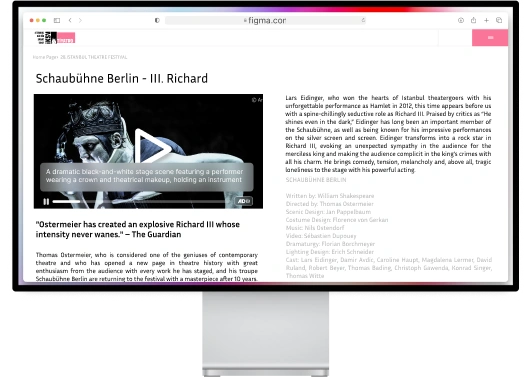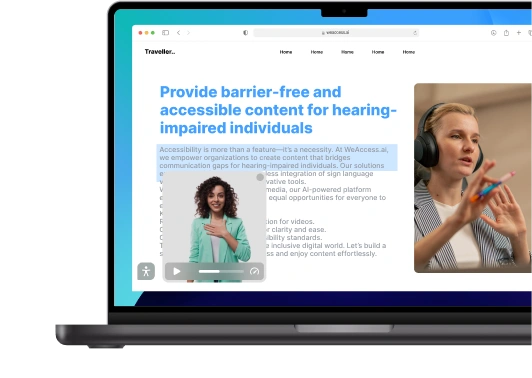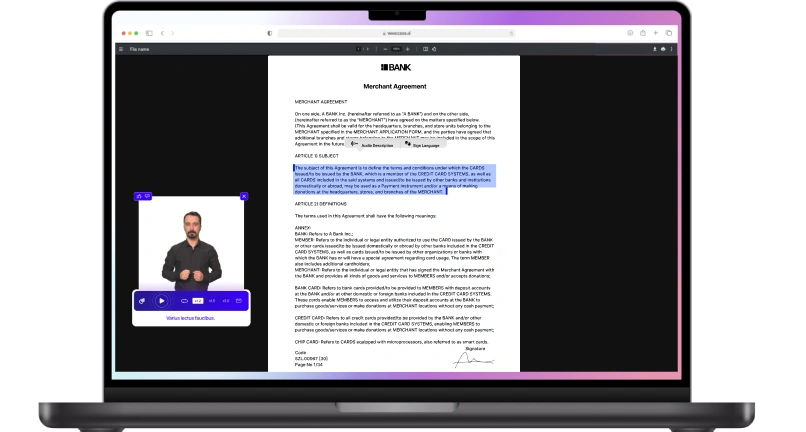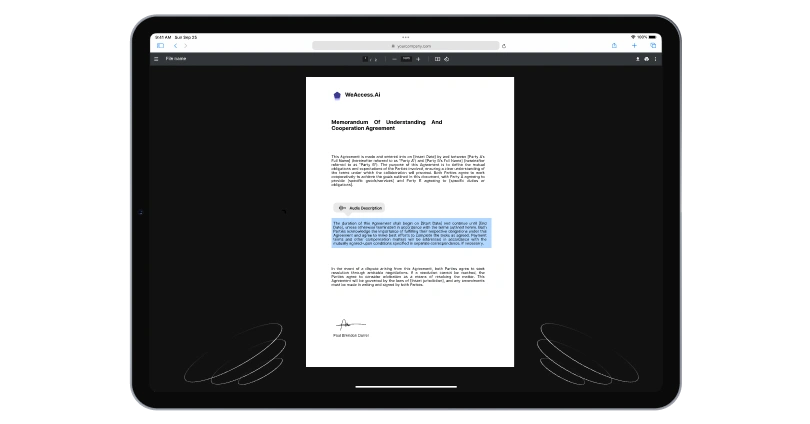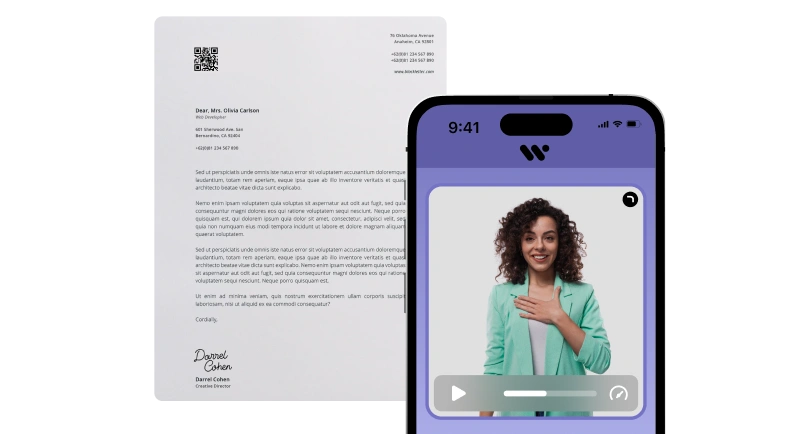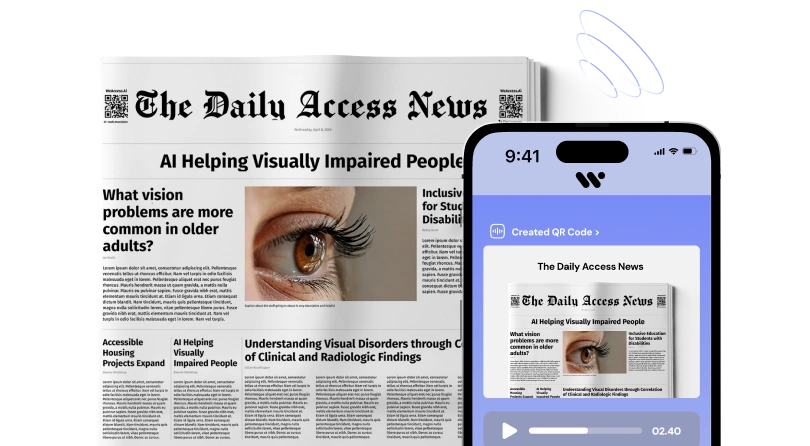Education is the foundation of a progressive society. However, for education to be truly effective, it must be accessible to everyone, regardless of their abilities or disabilities. This is where the concept of accessible education comes into play. Accessible education refers to the provision of equal opportunities for all students, including those with diverse learning needs and disabilities. It is about creating an inclusive environment that caters to the needs of every individual, ensuring that no one is left behind.
What is Accessible Education?
Accessible education aims to remove barriers that might hinder the learning process for students with disabilities. It involves implementing proactive measures to ensure that educational materials, facilities, and technologies are readily available and usable by all. The underlying principle of accessible education is to promote equal access, interaction, and participation in all aspects of teaching and learning.
Understanding the Concept of Accessible Education
Accessible education is not just about physical access to buildings; it encompasses a broader spectrum of inclusive practices. It involves providing accessible educational materials in various formats such as braille, audio, and digital formats so that students with disabilities can engage with the content effectively. Furthermore, it extends to creating a digital accessibility guideline to ensure that online resources and platforms are also user-friendly for people with disabilities.
The Role of an Accessible Education Center
An Accessible Education Center (AEC) plays a pivotal role in promoting accessible education within an academic institution. The AEC acts as a supportive resource for students with disabilities, offering academic accommodation, assistive technology, and guidance to faculty and staff. It acts as a central point for ensuring that the campus is accessible and inclusive for everyone.
Creating an Inclusive Learning Environment
An inclusive learning environment is the cornerstone of accessible education. It involves adopting the universal design for learning (UDL), a framework that promotes flexible ways of presenting information, engaging students, and assessing their learning. This approach ensures that educational materials and activities are designed to meet the needs of diverse learners, thereby fostering a quality education for all.
How Can Accessibility Education Benefit Students?
Accessibility education offers a myriad of benefits to students with disabilities. By providing access to educational resources and support services, it enhances their engagement and overall learning experience.
Improving Engagement for Students with Disabilities
Accessibility education fosters an environment where students with disabilities feel valued and empowered. It allows them to actively participate in class discussions, access course materials, and fully engage in academic activities. As a result, these students are more likely to be motivated and committed to their educational journey.
Approaches to Learning and Accommodation
Accessibility education encourages faculty to adopt proactive approaches to cater to diverse learning needs. It involves making academic accommodations, such as extended time for exams, providing lecture notes in accessible formats, and utilizing assistive technology to ensure that every student can learn effectively.
Opportunities for Accessibility Education
Accessibility education provides opportunities for promoting universal design and inclusion in educational settings. It encourages the development of accessible educational materials and the incorporation of digital accessibility principles, thus broadening educational opportunities for all students.
How to Support Faculty in Providing Accessible Education?
Accessibility education provides opportunities for promoting universal design and inclusion in educational settings. It encourages the development of accessible educational materials and the incorporation of digital accessibility principles, thus broadening educational opportunities for all students.
Opportunities for Accessibility Education
Supporting faculty in providing accessible education involves equipping educators with the necessary knowledge, resources, and best practices to create an inclusive learning environment.
Registering for Accessibility Education Courses
Faculty members can benefit from enrolling in accessibility education courses that focus on providing guidance on creating accessible instructional materials, understanding diverse learning needs, and utilizing assistive technology to enhance their teaching practices.
Equipping Educators with Best Practices
It is essential to equip educators with best practices for creating accessible educational materials and implementing inclusive teaching methods. This may involve providing training on universal design for learning (UDL) principles and strategies for ensuring digital accessibility in educational resources.
Equipping Educators with Best Practices
It is essential to equip educators with best practices for creating accessible educational materials and implementing inclusive teaching methods. This may involve providing training on universal design for learning (UDL) principles and strategies for ensuring digital accessibility in educational resources.
Characteristics of an Inclusive Learning Environment
Supporting faculty in providing accessible education also involves emphasizing the characteristics of an inclusive learning environment, wherein every student feels respected, valued, and supported in their academic pursuits.
What Are the Challenges and Solutions in Accessible Education?
While there are significant benefits to accessible education, there are also challenges that need to be addressed to ensure its effective implementation.
Barriers Faced by Students with Disabilities
Students with disabilities often encounter physical, technological, and societal barriers that hinder their educational experiences. These barriers can range from inaccessible lecture halls and educational materials to attitudes and misconceptions about disabilities. However, proactive measures and initiatives can help mitigate these challenges.
Utilizing Assistive Technology for Accessibility
One of the key solutions in accessible education is leveraging assistive technology to provide alternative means of accessing educational content. By using screen readers, speech recognition software, and other assistive tools, students with disabilities can overcome barriers and engage with educational materials effectively.
Resources on Campus for Accessibility Education
Educational institutions need to ensure that they have dedicated resources and support services for accessibility education. This includes accessible educational materials, a well-equipped accessible education center, and proactive measures to address the diverse needs of students with disabilities.
How Can Educational Institutions Ensure Accessibility?
To ensure accessibility, educational institutions must adopt a holistic approach that prioritizes the needs of diverse learners and promotes an inclusive academic environment.
Providing Support for Diverse Learners
Educational institutions should prioritize providing support for diverse learners, including those with disabilities. This may involve developing a proactive support system that offers academic accommodations, assistive technology, and personalized assistance to ensure the equal participation of all students in the learning process.
Adopting an Inclusive Approach in Academic Programs
Incorporating an inclusive approach in academic programs is essential for ensuring accessibility. This could involve integrating universal design principles into curriculum development, instructional methods, and assessment practices, creating a learning environment that embraces diversity and fosters equal opportunities for all.
Ensuring Accessibility as a Fundamental Educational Barrier
It is crucial for educational institutions to recognize accessibility as a fundamental educational barrier that needs to be addressed proactively. By prioritizing accessibility as a core value, institutions can lay the foundation for an inclusive and accessible campus for all students.
Advantages for educators
There are several advantages for educators in the modern digital age. With the use of technology, educators have access to a wide range of resources to enhance their teaching methods. Online platforms and educational apps allow educators to create interactive and engaging lessons, making learning more enjoyable for students. Additionally, digital tools and software can help educators track student progress and tailor their teaching to meet individual needs. Technology also enables educators to connect with students and colleagues from around the world, fostering a global perspective and collaboration. Furthermore, digital platforms provide opportunities for professional development and networking, allowing educators to stay up-to-date with the latest teaching practices and innovations. Overall, the use of technology in education provides educators with the tools and resources to improve their teaching practices, reach a wider audience, and stay connected with the global teaching community.

